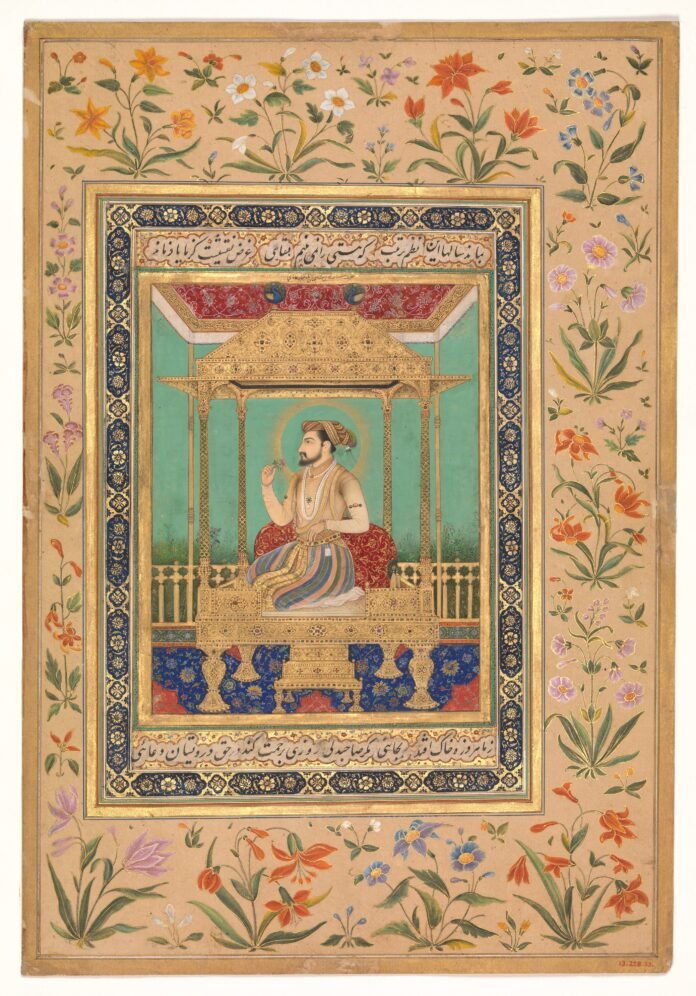
When you hear “India vs England”, your mind probably drifts straight to cricket—a stadium roaring with fans, bat and ball writing stories of national pride. But today, let’s take that energy and move beyond the pitch—into museums, palaces, cathedrals, and ancient temples.
Because the real battle between India and England is centuries old. And it’s not played with cricket bats—it’s sculpted in sandstone, painted on palace walls, and carved in cathedral arches.
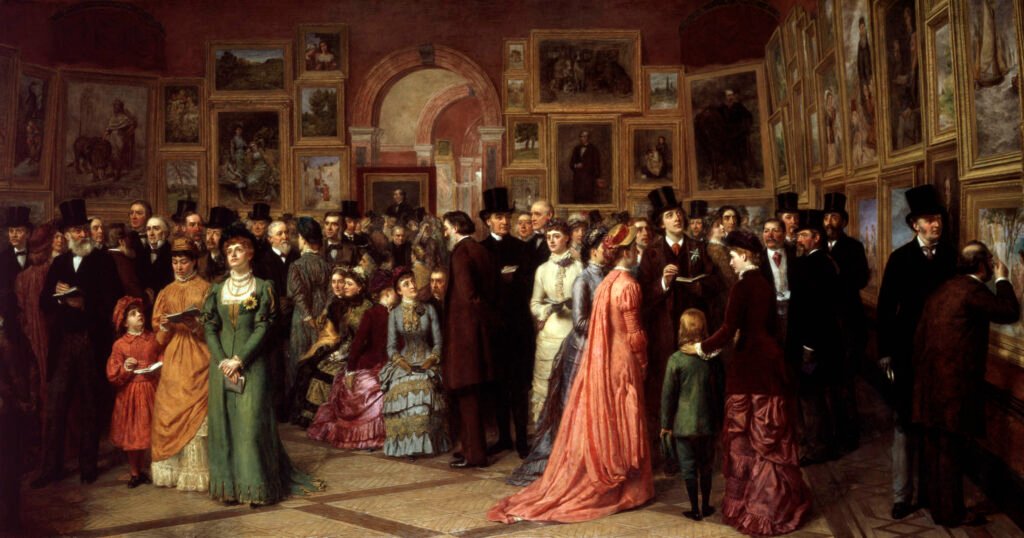
Welcome to the Artistic India vs England, a clash of civilizations through the brushstrokes of history.
Act I: India — A Tapestry of Timeless Art
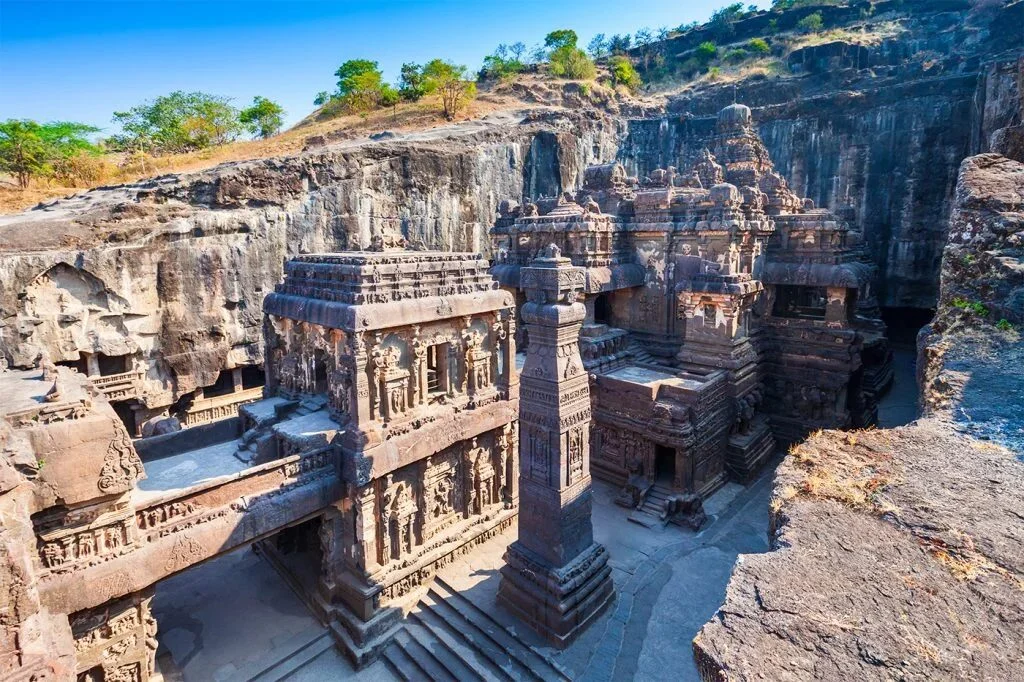
India is not just a land of diversity—it’s a living museum of millennia-old traditions. From prehistoric cave paintings to digital art, Indian art spans time, territory, and technique. for more details go to wikipedia https://en.wikipedia.org/wiki/Kailasa_Temple,_Ellora
1. Temple Art & Architecture
From the majestic Khajuraho temples in Madhya Pradesh to the rock-cut Ellora Caves, India’s spiritual art is embedded in its very architecture. Every temple tells stories of gods, cosmos, morality, and dance — through intricate carvings and symmetrical designs.
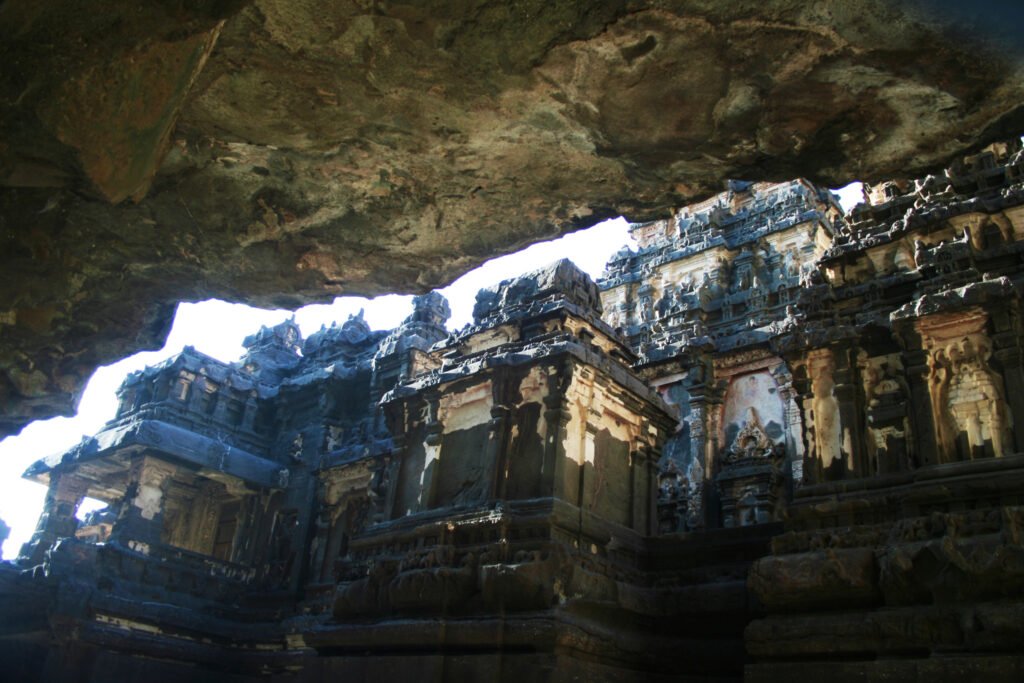
2. Miniature Paintings
During the Mughal era, artists created miniature paintings so detailed they’d fit in a palm — yet carry the richness of a thousand words. These featured court scenes, wars, love stories, and allegories.
3. Calligraphy and Islamic Art
India’s Islamic architecture brought in Persian-influenced calligraphy, visible in structures like the Taj Mahal — where Quranic verses decorate white marble with stunning symmetry.
4. Folk & Tribal Art
Tribal art like Madhubani, Warli, Gond, and Pattachitra have turned rural walls and traditions into global design trends. Today, they’re being revived on fashion ramps, murals, and even NFTs.
India’s art speaks not just in form—but in philosophy: “Art as Devotion.”
Act II: England — The Canvas of Classical Western Art
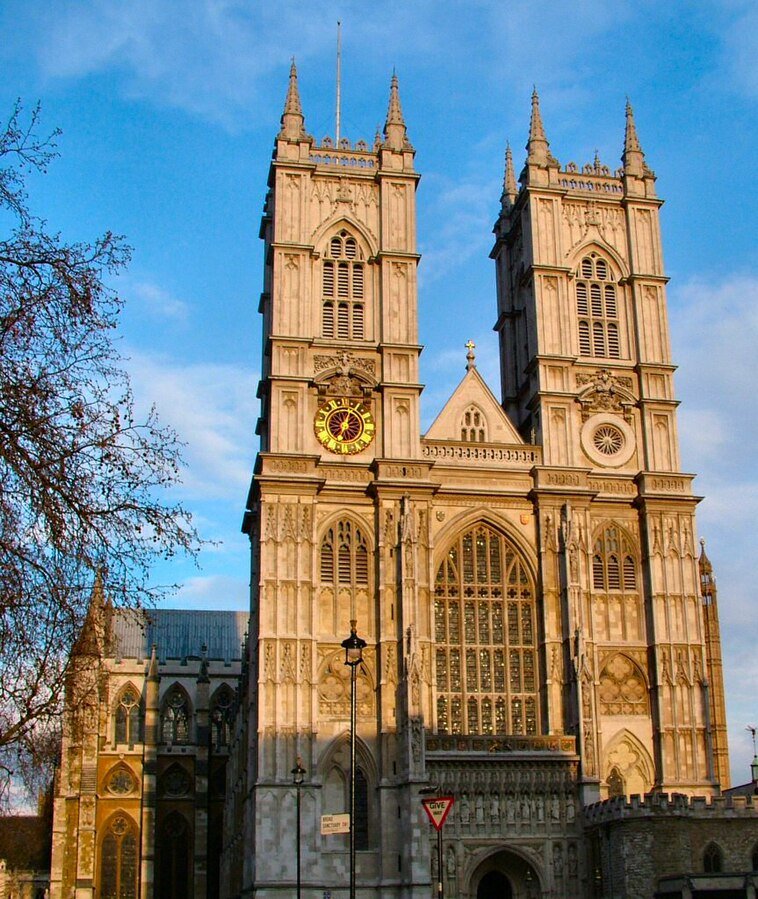
England’s art history is no less illustrious. While Indian art was rooted in spirituality, English art evolved through renaissance ideals, royal patronage, and romanticism.
1. Gothic & Romanesque Architecture
Think Westminster Abbey or St. Paul’s Cathedral. These aren’t just places of worship—they are masterclasses in structural beauty, featuring:
- Flying buttresses
- Stained glass windows
- Towering spires
Every detail is symbolic of heavenly aspiration through architecture.
2. Victorian-Era Paintings
Artists like J.M.W. Turner, William Holman Hunt, and John Everett Millais painted emotions in landscape and literature. The Pre-Raphaelite Brotherhood brought a deep, symbolic storytelling style that mirrored myth and morality.
3. Literary Illustrations
From Shakespearean woodcut prints to Lewis Carroll’s Alice in Wonderland art, England married text and image in a way that turned books into art objects.
4. The Royal Academy and the Museum Culture
The British Museum, Tate Modern, and National Gallery set the tone for public access to art, preservation, and curation. Art wasn’t just for royalty anymore—it was democratized.
England’s art speaks in oil and ink, canvas and glass—but its language is “Art as Civilization.”
Act III: Colonialism and Cultural Exchange
It’s impossible to compare Indian and English art without addressing the historical elephant in the room—colonialism.
During British rule in India:
- Many Indian artifacts were taken and now rest in British museums.
- Indian artists were exposed to European techniques (e.g., oil painting, perspective).
- New hybrid styles emerged — Company Paintings blended Mughal techniques with British subjects.
But the exchange wasn’t one-sided.
English artists and architects were deeply influenced by Indian motifs, especially during the Orientalist period. Examples include:
- The Indo-Saracenic style in British buildings in India
- Royal fascination with Indian textiles and jewelry
- Indian influence on British fashion during the Empire era
Act IV: Philosophy Behind the Art — Devotion vs Rationalism
The core difference between Indian and English art lies in intent and philosophy.
| Element | Indian Art | English Art |
|---|---|---|
| Core Theme | Spirituality & Devotion | Rationality & Humanism |
| Symbolism | Gods, Chakras, Myths | Nature, Emotion, Literature |
| Technique | Stylized, Symbolic | Realistic, Perspective-driven |
| Medium | Frescoes, Carvings, Textiles | Canvas, Oil, Marble |
| Public Display | Temples, Festivals | Museums, Salons, Cathedrals |
Act V: India vs England — Through the Artistic Lens of Cricket
Even in cricket, art lives.
- Indian stadiums are covered with murals, saffron flags, and rangoli-inspired fan zones.
- British stadiums maintain classical elegance — seats, structure, and scoreboards as a nod to tradition.
And think of the jerseys — India’s often feature patterns inspired by ancient textiles or symbolic blue (linked to Lord Krishna). England’s whites represent minimalism and aristocratic restraint.
From stadium architecture to commentary graphics, cricket is now a performative art in motion.
Conclusion: Who Wins the Real “India vs England”?
In the field of art, there is no winner. There is only richness.
Where India’s art flows like the Ganges—deep, spiritual, and eternal—England’s art stands like the Thames—controlled, structured, and reflective.
Both cultures have shaped global visual languages, storytelling methods, and aesthetic values.
So the next time you see “India vs England” trending, remember: it’s not just about cricket.
It’s a celebration of two civilizations whose creative power shaped human history.